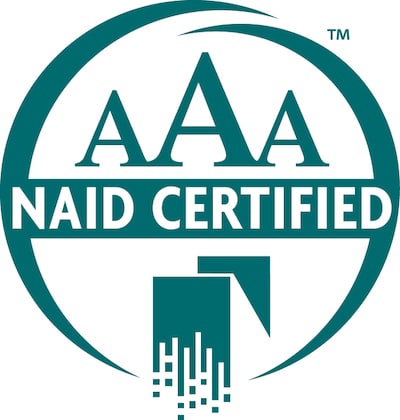Is Your Business Up to Snuff on The Red Flags Rule?
In the United States, the federal government maintains many pieces of legislation which include sections and provisions highlighting the expectations that consumers and various organizations are to uphold when it comes to data handling and management. The goal behind these sections is largely to protect sensitive information from finding its way into the wrong hands. FACTA and HIPAA are two such examples of legislation that contain sections regulating the way that certain types of information is handled.
Another noteworthy section based off of FACTA is known as the Red Flags Rule. As with other data management legislation, there are hefty punishments for those that fail to abide by the expectations set out in this legislation, and the costs can be significant.
What is the Red Flags Rule?
Created to help consumers safeguard their credit and other personal information, the Red Flags Rule is based on key sections of FACTA, and requires certain organizations to create, implement and maintain a set of procedures and safeguards designed to spot and minimize risks of information and identity theft. The Red Flags Rule only applies to two specific groups:
- Financial institutions (banks, savings & loan associations, credit unions etc.)
- Creditors (any entity that regularly extends, continues or renews credit, or is involved in such activities)
What are the Expectations?
Organizations that fall under the jurisdiction of the Red Flags Rule must create and implement a written program that identifies and detects signs of identity theft and makes attempts to deter or minimize risks. The rule must be created to a size and nature that is appropriate for the organization in question.
The crafted rule must accomplish four key objectives:
- Identify risks
- Detect risks
- Prevent and mitigate damages
- Update and maintain as needed
How Can I Reduce the Risk of Becoming a Victim of Identity Theft?
In addition to following a strict protocol such as that demanded by the Red Flags Rule, there are other steps you can take towards minimizing the risk of finding your information in the wrong hands, depending on whether your information is stored electronically, physically, or both.
- Use anti-virus and anti-malware software to ensure that malicious malware is not present on your device(s).
- Implement a policy that encourages increased office organization and document security. The Clean Desk Policy is a good example.
Secure Shredding Services
Professional shredding is a solution that can protect both physical and electronic data. ShredPro Secure offers shredding services that are flexible to your needs and budget, without compromising on security, quality and compliance. With both paper and hard drive destruction services available, you can rest assured knowing that we offer the complete solution to your data security needs and concerns.
Talk to us today to find out more about our services!



